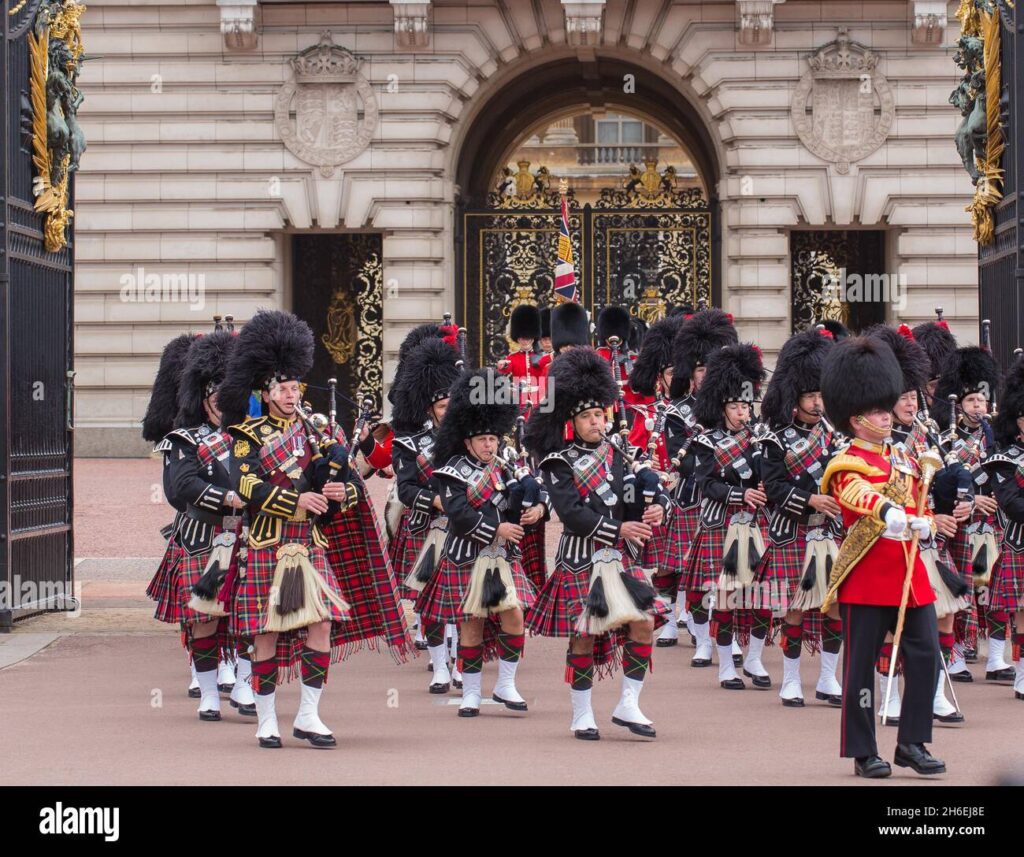Changing of the guard ceremonies have a long history and significant importance in military traditions around the world. These symbolic rituals symbolize the transfer of responsibility from one guard to another, ensuring the continuous protection of important locations. The precision and discipline displayed in these ceremonies showcase the professionalism and dedication of the soldiers participating. While modern practices have evolved to reflect cultural heritage and inclusivity, the fundamental significance of the changing of the guard remains unchanged. It continues to represent protection, continuity, and respect for the military and its traditions, making it a timeless tradition worth preserving.
The History and Significance of Changing of the Guard Ceremonies in Military Traditions
Introduction
The changing of the guard ceremony is a longstanding military tradition that has been practiced by various countries throughout history. It is a symbolic ritual that involves the replacement of the old guard with the new guard to protect important buildings or locations. These ceremonies are generally carried out with precision and pomp, often involving elaborate uniforms, music, and strict protocols.
History
The origins of the changing of the guard ceremony can be traced back to ancient times when it was common practice to have a guard stationed at important locations to protect them from enemies. Over time, this practice evolved into a formal ceremony that signified the transfer of responsibility from one guard to another.
One of the most well-known changing of the guard ceremonies is the ceremony at Buckingham Palace in London, which has been taking place since the 17th century. Other countries, such as Canada, Australia, and India, also have their own changing of the guard ceremonies that date back several centuries.
Significance
The changing of the guard ceremony holds significant importance in military traditions for several reasons. Firstly, it symbolizes the continuity of protection and security for important locations. By having a constant presence of guards, it reassures the public that these buildings are being safeguarded.
Additionally, the ceremony is a display of discipline and respect for the military and its traditions. The precision and attention to detail that are required in these ceremonies demonstrate the professionalism and dedication of the soldiers who participate in them.
Modern Practices
Today, changing of the guard ceremonies are still carried out in many countries around the world, although they may vary in their style and execution. Some countries have modernized their ceremonies to make them more inclusive and reflective of their cultural heritage, while others have preserved the traditional aspects of the ceremony.
Despite the changes in how these ceremonies are conducted, the underlying significance of the changing of the guard remains the same. It continues to be a symbolic gesture of protection, continuity, and respect for the military and its traditions.
Conclusion
The changing of the guard ceremony is a time-honored tradition that has been practiced by militaries for centuries. It serves as a symbol of protection, continuity, and respect for the military and its traditions. While the ceremonies may vary in their style and execution, the underlying significance of the changing of the guard remains constant.
